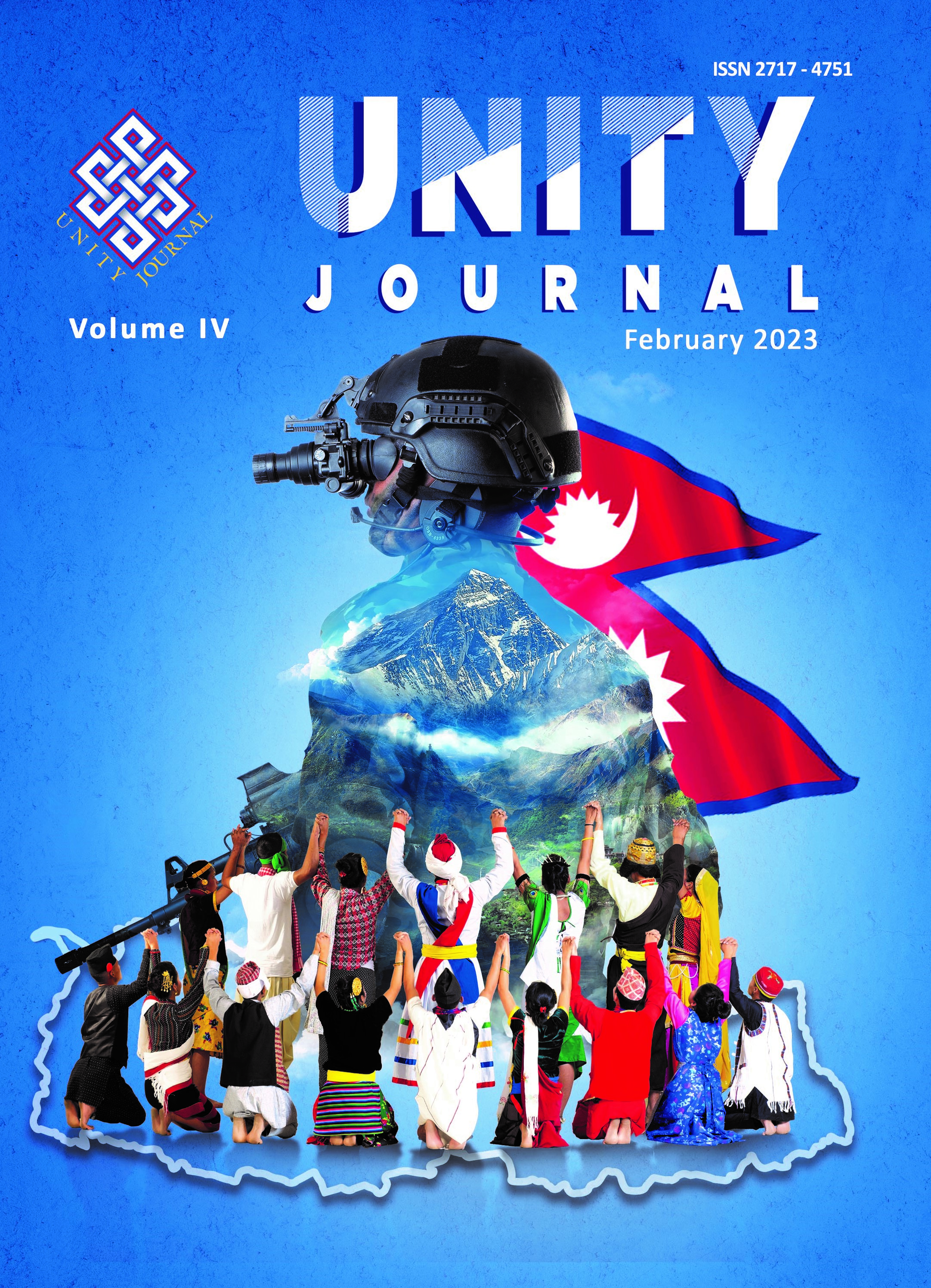The Nepali Army in Public Diplomacy
DOI:
https://doi.org/10.3126/unityj.v4i01.52139Keywords:
national image, Nepali Army, foreign policy, public diplomacy, outreachAbstract
While describing the approach of 21st-century Public Diplomacy (PD), scholars, theorists, and practitioners have highlighted that dialogue-based or two-way communication is the most effective way of informing, engaging, and influencing a foreign audience in favor of a country’s foreign policy. State and non-state actors are considered effective vehicles for conducting two[1]way communication. However, theorists, scholars, and practitioners have neglected the role of military power (hard power resource with soft power behavior as appropriate), which could be an effective tool of PD. In conformity with Nepal’s peace-loving and cooperative identity projected into the international system, the Nepali Army (NA), essentially a hard power instrument, has demonstrated the ability to behave as a soft power apparatus which can be tailored to a coherent public diplomacy strategy in favor of the foreign policy of Nepal. Most importantly, because of global outreach and people-centric activities, the NA is capable and suitable tool for effectively handling PD activities to enhance the dignity and image of Nepal on the world stage. To explain the proposition qualitatively, this article undertakes an empirical investigation of the secondary data on the NA’s global outreach and its people-centric activities. The findings of this article could be useful in broadening the “Public Diplomacy” theory, and subsequently as policy guidelines for the Government of Nepal.
Downloads
Downloads
Published
How to Cite
Issue
Section
License
The articles rest within the authority of the Nepali Army. Only with the Nepali Army's prior permission, can any article in whole or in part from this journal shall be reproduced in any form.

